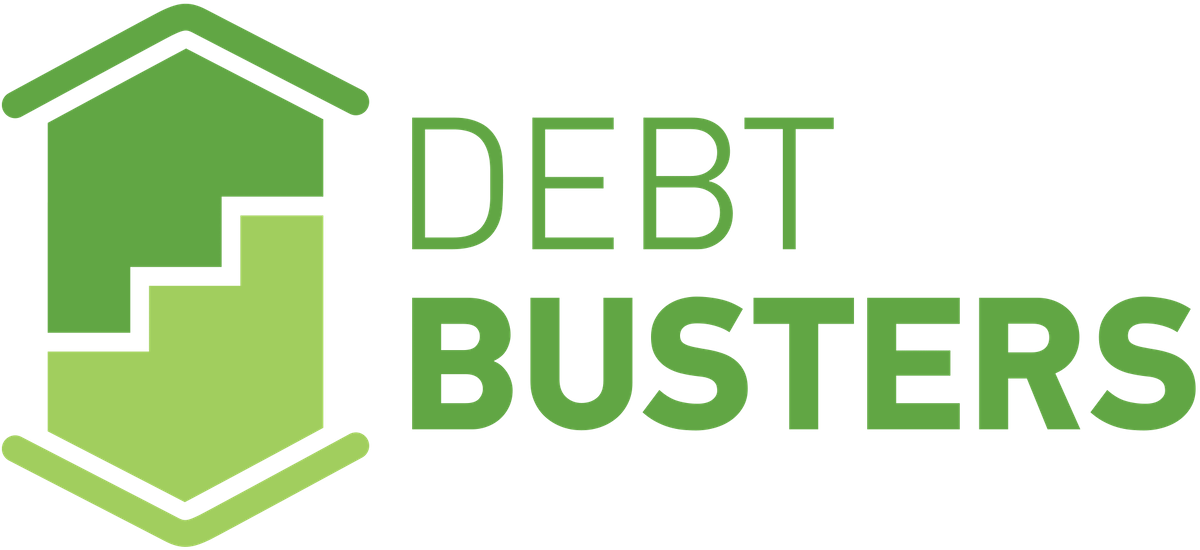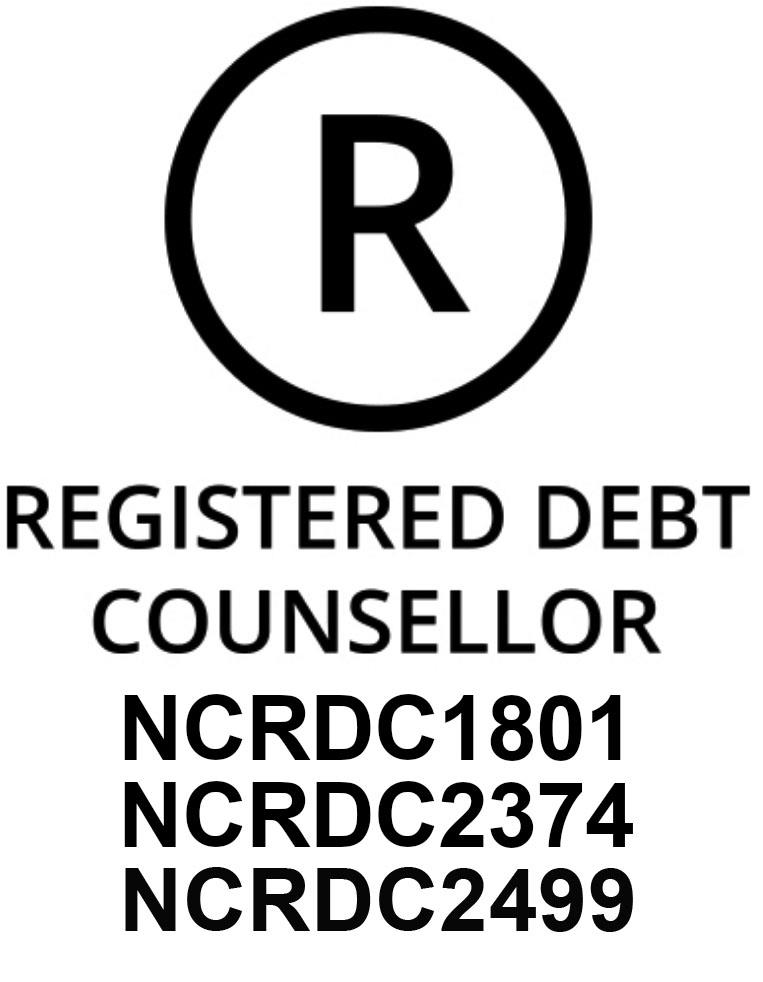DebtBusters CEO provides YOU Magazine with expert advice on the consumer debt trap
Debt is a fact of life for many South Africans but are you paying much more than you have to? Here’s advice on the best way to borrow. — By Richard Van Rensburg
You’re already deep in debt when your car breaks down and the repairs are going to cost a fortune. Then your child tells you excitedly about an upcoming school tour, which means more expense. To add to the pressure the cost of living is outpacing your income.
If you’ve reached the point where you really can’t avoid taking on more debt you should at least ensure you do it in the best possible way. Because, experts say, not only is there “good debt” and “bad debt”, there’s also expensive debt and economical debt.
According to the latest statistics released by the National Credit Regulator (NCR), more and more South Africans are taking on the most costly kinds of debt. In the year to the end of June 2013 unsecured credit grew by 28 per cent toR168 billion.
Unsecured credit doesn’t require you to put up assets such as a house or car to be granted a loan, which makes it more risky to the credit provider — and to the wider economy. But be warned: you’ll pay a higher interest rate for it.
The National Credit Act sets the maximum interest rate for personal loans at 31 per cent annually. Contrast that with the 21 per cent maximum on credit cards and 16 per cent on home loans. And it rises to a maximum of 60 per cent on short-term loans (or microloans).
The problem is that repaying unsecured debt can become a huge burden. By the middle of this year 38 per cent of unsecured credit accounts were in arrears. South Africans are clearly taking on more debt than they can afford. According to the NCR the number of consumers with impaired credit records — those who were three months or more in arrears — rose to almost 9, 7 million.
That’s almost half of SA’s 20,21million credit-active consumers. The NCR statistics are “deeply troubling for the South African consumer and economy in general”, says the CEO of Debtbusters, one of the country’s biggest debt-management companies.
“More and more South Africans are falling into arrears on their accounts,” he says. How can consumers, who have to accept debt as part of life, keep the cost of debt as low as possible? What are the most economical ways of borrowing money?
No DEBT is really inexpensive, cautions Nico Swart, a Unisa lecturer in personal financial management and author of books on money management skills, including school textbooks. But some kinds of borrowing are less expensive, or better, than others.
First separate good debt from bad debt, Swart says. Good debt makes you more prosperous, such as investments in fixed property or financial investments that provide capital growth.
“The basic principle is that you should go into debt only if you can afford it, if you’ve budgeted for it and if you stick rigidly to your budget." Bad debt, on the other hand, makes you poorer because you’re using it for the wrong reasons, particularly when it’s used for desires rather than needs. Cars, furniture and clothes that won’t have increased in value in 20 years aren’t investments.
UNSECURED DEBT:
The NCR’s latest data indicates a greater willingness by consumers to take on increasingly heavy personal loans, he says. About 78 per cent of unsecured credit approved in the second quarter of 2013 represented personal loans of more than R15 000. And unsecured credit agreements with consumers with gross monthly earnings of more than R15 000 increased by 38 per cent in the year to the end of June.
Financial website Just Money also experienced a significant increase in the number of applications for unsecured personal loans, personal finance editor Angelique Ruzicka says. “It’s concerning, considering the number of consumers with impaired credit records, and that unsecured personal loans can be very expensive.”
Applications for debt review trebled in the past year at debt counselling company Credit Matters, communications manager, Moeshfieka Botha says. “It is a sad sign of the times that many people are now incurring debt to survive,” she says. South Africans in general “are spending about 80 per cent of their disposable income on debt repayment’’.
DANGEROUS DEBT:
DebtBusters' CEO sees warning lights flashing in the NCR’s statistics that reflect a 125 per cent increase in the number of unsecured credit agreements with repayment periods of six months or less during the year to the end of June.
“Some of these small, unsecured short-term loans are for one month only, and are also known as ‘payday loans’ or ‘pay cheque advance loans’ as they have to be paid the following month when your salary comes in. These loans are generally below R3 000, but they should be used only as a last resort and then it must be a one-off occurrence.
When consumers ‘roll over’ these loans and use them for consumption they will come unstuck very quickly,” he warns**.**
Price increases for fuel and food, among other things, mean people are battling more than ever to make ends meet, Ruzicka says.
“Some people turn to these short-term online loans as it’s easier and quicker to get approval. But they can be very expensive and are more likely to result in you being caught in a vicious debt cycle.’’
Need debt counselling or consolidation?
Explore DebtBusters' solutions for reducing your interest rates and unlocking cash.
Find out morePersonal and short-term loans-an important difference:
Short-term loans (also known as microloans) can be regarded as a form of unsecured personal loan. But the Credit Act limits them to under R8 000 and the repayment period to six months or less, and they can carry interest of up to 60 per cent a year, he says.
By contrast, personal loans can run to hundreds of thousands of rands; the maximum interest rate on such loans with a repayment period of more than 12 months is 31 per cent.
MORE ECONOMICAL DEBT:
Secured debt, a loan secured by assets such as property or a car, is by far the most economical, DebtBusters CEO says. “Therefore consumers should try to borrow secured debt rather than unsecured debt.”
Let’s say you want to borrow R50 000 “If you have a property you should try to borrow this money through your bond. This will cost you the least in interest,” he says.
Depending on your credit profile some banks offer home loans at an interest rate of just 7, 5 per cent, Swart says. “So your home loan could be the cheapest form of debt if you can be disciplined with repayments.”
If you don’t have a property you could try to borrow against a paid-off vehicle, although this may be difficult, he says. “Credit cards can be effectively interest free for up to 55 days. So if you have a credit limit of up to R50 000 on your credit card and only need the funds for a month, this would be by far the cheapest way to borrow. Overdrafts are probably the next most cost-effective, but make sure you do not go over your overdraft limit as this will incur high charges,” he says.
Unsecured personal loans are probably your last resort. The interest rates vary greatly between providers. Go to your own bank first, as they can see how you manage your finances and should be able to offer the cheapest interest rate to you. Your next step would be to approach other banks, and then non-bank credit providers.
Get interest-rate quotations from all of them. “However, choose your potential credit providers carefully because too many requests for loan quotations could affect your credit score negatively. Ask all providers what their initiation fees and monthly fees are and, importantly, what the other costs are — such as credit life insurance, which some providers can charge scandalously high rates on,” he warns.
Store cards can also be costly in terms of interest rates. If you have to use them for necessary purchases choose one with an interest-free period. “Some don’t charge interest for up to six months. If you make sure you pay your outstanding balance before the interest kicks in you could enjoy the benefits without the charges,” Ruzicka says.
She adds that you could also ask your bank to lower the limit on your credit card to help ensure you don’t spend more than you can afford. And always try first to repay debt carrying the highest interest rate, Botha emphasises.
A HOME LOAN FOR ALL YOUR DEBT OBLIGATIONS?
It isn’t necessarily always more economical to repay other debt through your home loan, Swart cautions. If you do it over the 20-year term you could end up paying an unbelievable amount of interest. But if you repay debt added to your home loan within two to five years you could save, thanks to the lower interest.
HOW PEOPLE BECOME CAUGHT IN A DEBT TRAP:
William is one of many thousands of South Africans who found himself in a costly debt trap. The 27-year-old sales representative spent far more on his credit card every month than he could afford — eating out and buying expensive clothing. He received many offers of store cards and personal loans and to finance his lifestyle he accepted them.* Without a monthly budget he soon had no idea what he was spending. As interest built up on his debt he took out personal loans to meet the monthly repayments. He also faced heavy crèche bills when he and his partner had a baby. Interest on his eight unsecured credit accounts was sky high — more than 30 per cent on each of three personal loans, 24 and 21 per cent on his overdraft facilities and 21 per cent on a store card. After deductions he had R10 908 left of his monthly income of R15 376 — not enough to cover R8 550 in expenses plus debt repayments of about R4 700. His debt burden eventually totalled R76 000 — and he had no assets to show for it — so he decided to approach a debt counsellor. The counsellor assisted by having him placed under debt review and negotiating lower interest rates and longer repayment terms with his creditors. With luck William will be debt-free in five years.
Joanna, a 26-year-old junior paramedic, earns R8 500 a month, R7 538 after deductions. She spent more than she could afford and found it hard to repay her student loan. She started taking out loans when she found she could no longer afford to pay all her credit card and store card accounts. In the end she had a car loan and 10 unsecured credit accounts, three carrying a 60 per cent interest rate and two with more than 30 per cent interest rates. Her monthly debt obligations alone eventually totalled more than R12 000. In addition her monthly expenses were R5 224. Thanks to debt review there’s light at the end of the tunnel for Joanna too.*
*NOT THEIR REAL NAMES
SA CONSUMERS CURRENTLY OWE CREDIT PROVIDERS R1.47 TRILLION
Let us call you back
Fill out our form below to get a free callback from one of our consultants to discuss your debt situation.
Jump to form




